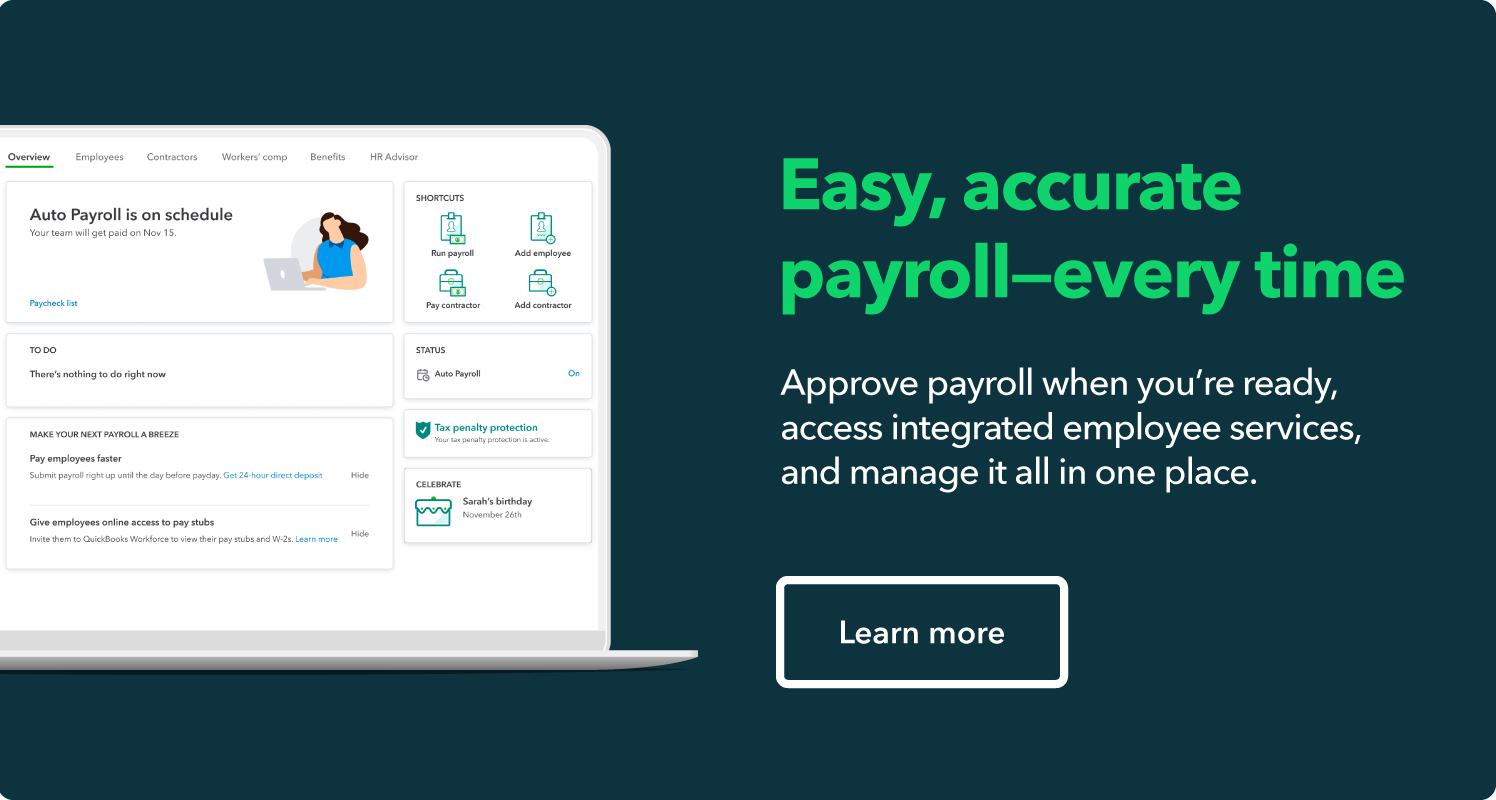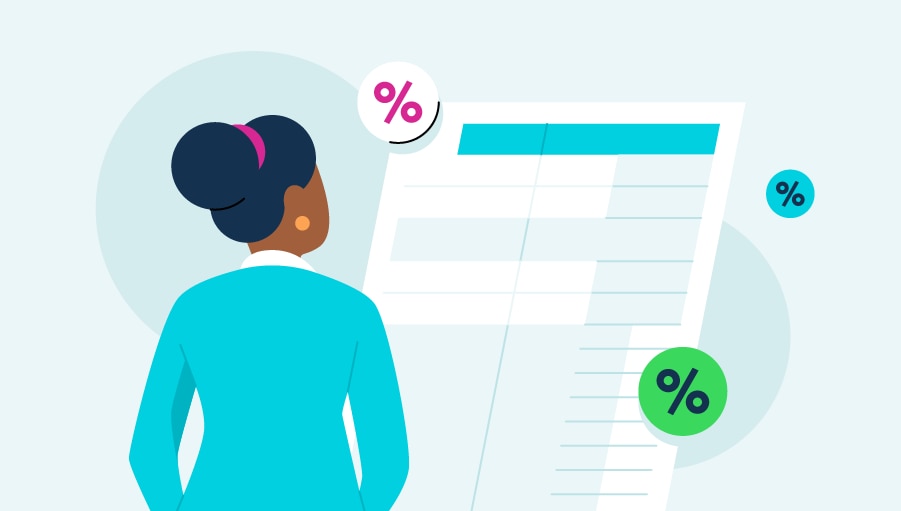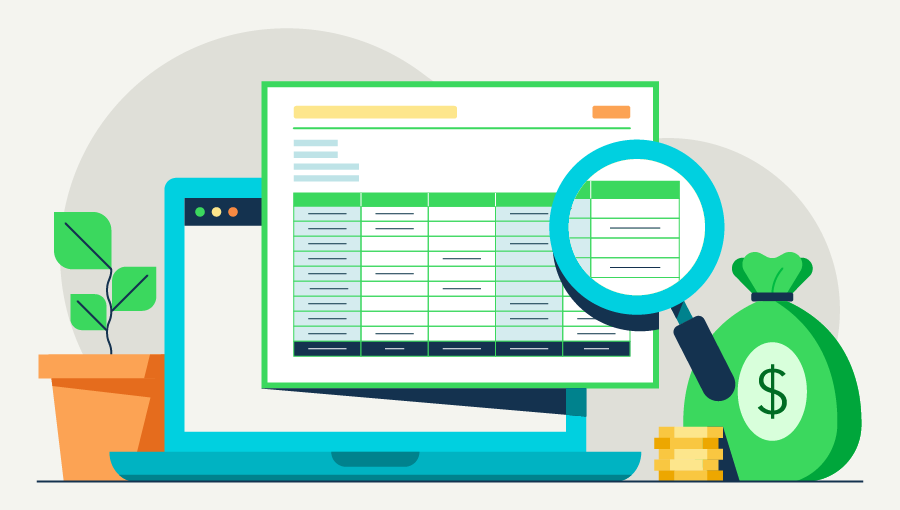Many workers live paycheck to paycheck—nearly 60% of Americans, according to a 2023 LendingClub report. When an employee has to deal with an unexpected expense, even a few hundred dollars can cause serious financial strain. You want to help your team, and that’s where a paycheck advance can provide relief.
But offering advances isn’t as simple as writing a check. From tax implications to payroll compliance, employers must manage the process carefully to avoid legal or financial missteps. This guide breaks down what a pay advance is, how they work, the pros and cons, and how to build a policy that protects your people—and your business.
Jump to:
- What is a paycheck advance and how does it work
- How to introduce paycheck advances to your team
- Pros and cons of paycheck advances
- Protect your business
- How to process a paycheck advance step by step
- What employees and employers need to know
- Offer alternatives to paycheck advances
- Final paycheck advance considerations for your business


















